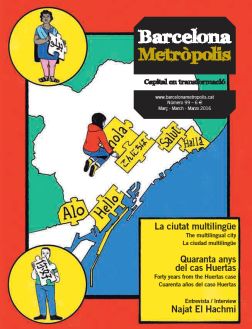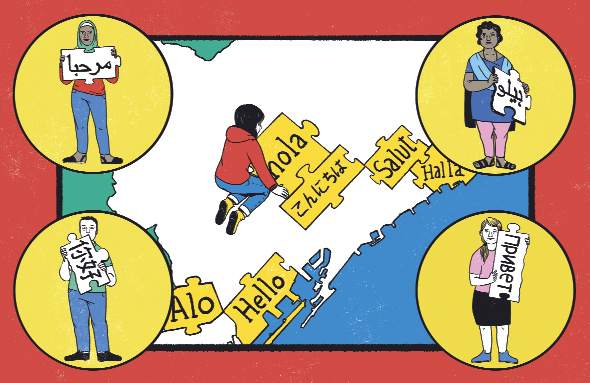Globalisation has led to a huge increase in mobility and cultural exchanges around the world. As Barcelona receives a large proportion of the immigrants who arrive in Catalonia, it has become an exceptionally diverse mosaic of cultures and languages. We have the shared responsibility of ensuring that the heritage these immigrants bring along with them becomes a driver of wealth and opportunities for everyone. The history of languages, in fact, shows that great innovations take place in societies that have successfully been able to make room for contributions from other cultures and that have made the most of the arrival of other groups to transform themselves and strengthen their creativity.
In this edition, linguistics specialists and representatives from organisations linked to the study and defence of language paint a portrait of Barcelonian society and outline solutions to the problems arising from the multilingual nature of the city. We take a broad look at the relationships between Catalan and Spanish, the city’s two main languages, against a backdrop where the historical language has been reintroduced in institutional spheres, while it still faces the challenge of gaining ground in everyday contexts. According to one of these articles, the relationship between different languages has to be based on the criteria of sustainability. A sustainability that, while recognizing an increase in intercommunication, would ensure the necessary conditions for the development of the different linguistic groups present.
A specific article is dedicated to the situation in the classroom, where Catalan is the main working language, although the presence of Spanish is far from insignificant. The edition also highlights the 20th anniversary of the Universal Declaration of Linguistic Rights, approved at a global conference held at the University of Barcelona, with support from UNESCO.




